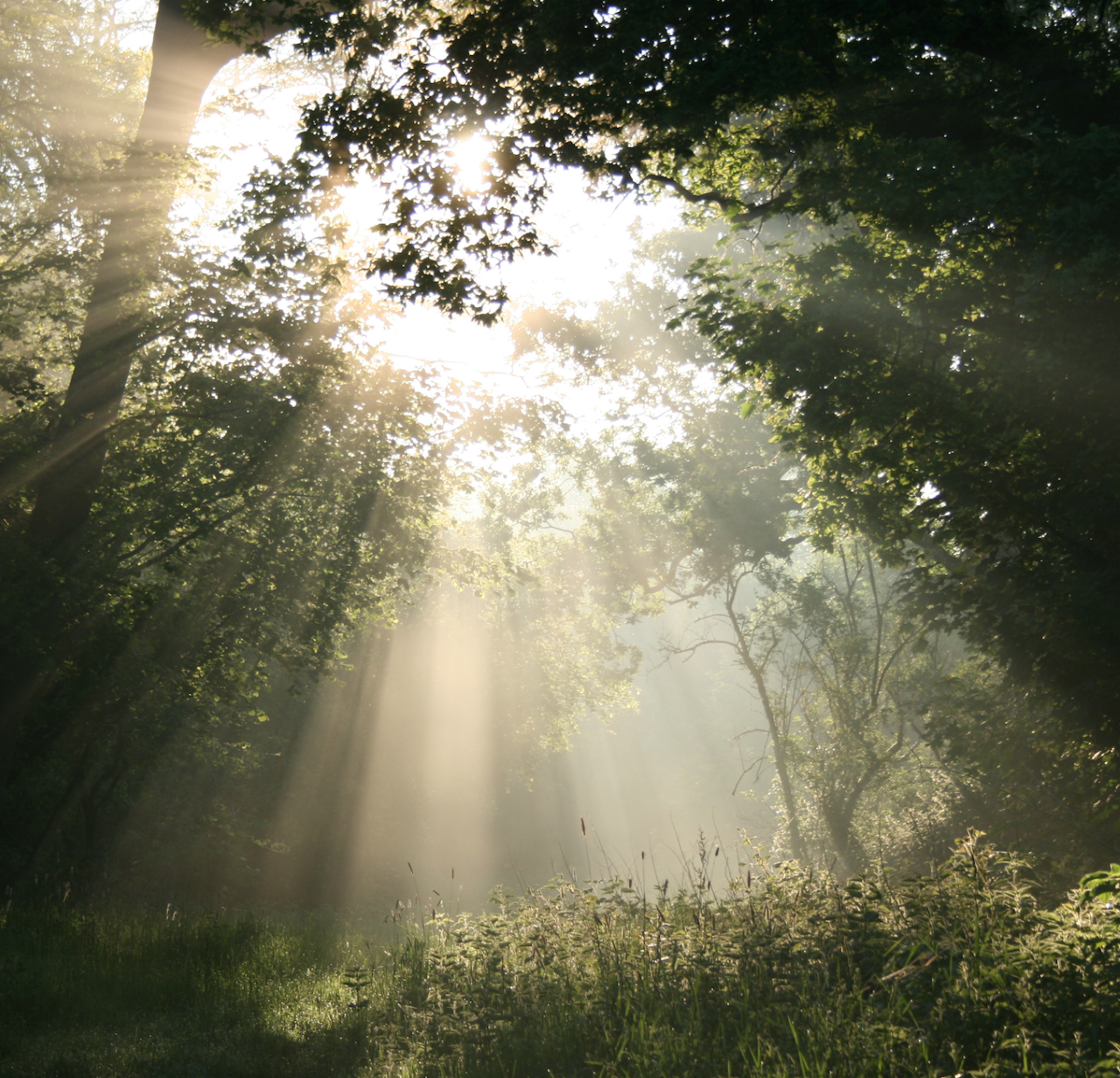
Wytham Woods: the genomics of ecology and evolution
Ancient woodlands are the most biodiverse and complex terrestrial habitat in the UK. Home to thousands of iconic and specialist animals, plants and fungi, our ancient forests and woodlands are also deeply entwined with our cultural heritage. In recent decades, however, woodland cover has been eroded by land use change, and today just 2.4% of the UK is covered by ancient woodland: sites where forest cover has persisted for over 400 years, usually with management to some degree.
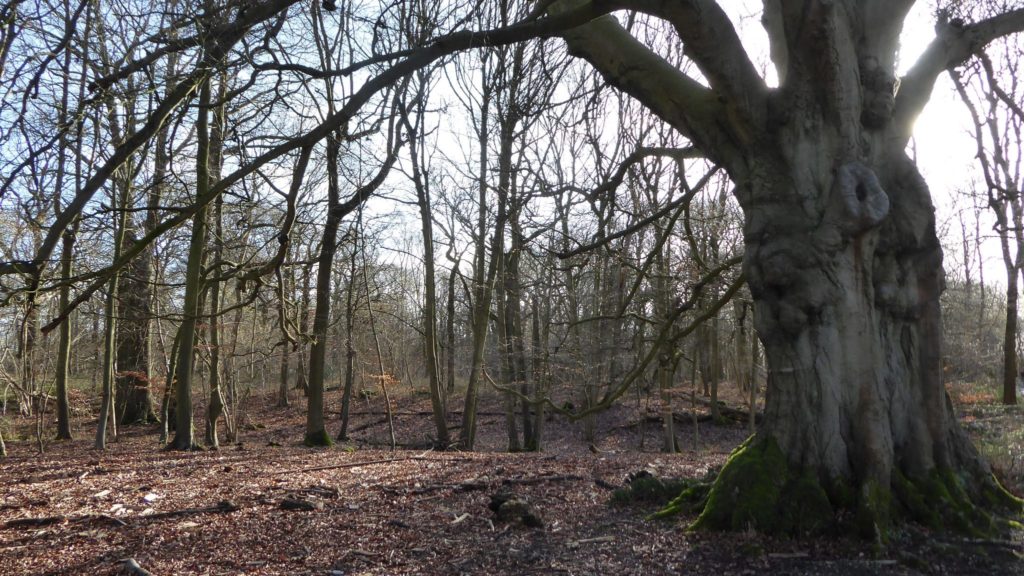
Wytham Woods cloaks a prominent hill above a sweeping bend in the River Thames. The 400 hectare (1000 acre) site is a mosaic of ancient semi-natural woodland, forest plantations, limestone grassland and other species rich-habitats. It has been owned and maintained by the University of Oxford since 1942, and is the site of some of the longest running ecological experiments and observations in the world. Wytham Woods has a rich fauna and flora, with over 500 species of plants and around 1000 recorded species of butterflies and moths, and teems with a diversity of birds and mammals.
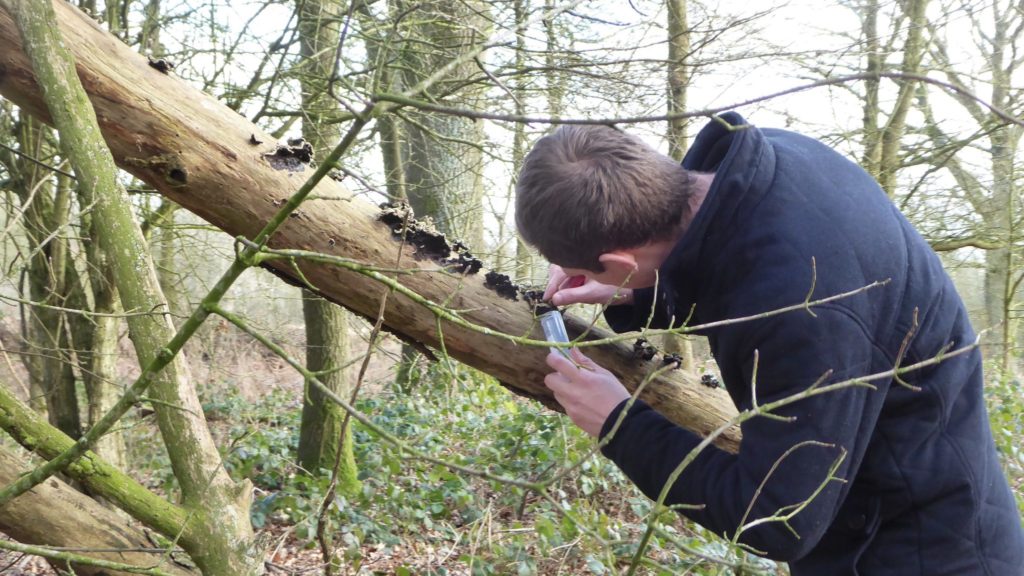
As the Darwin Tree of Life project was being conceived, Wytham Woods rapidly emerged as a site for focussed and intensive sampling of terrestrial species for complete genome sequencing. In the earliest phase of the project, we concentrated our attention on sampling arthropods, especially a wide taxonomic spread of moths and a carefully chosen selection of hoverflies, dung beetles and spiders. Our core team (Liam Crowley, Peter Holland and Owen Lewis) has been crawling through vegetation, picking through dung and peering into light traps: identifying, photographing, cataloguing, freezing in barcoded cryovials and shipping specimens to the Tree of Life labs at the Wellcome Sanger Institute for DNA extraction. It has not been a solitary endeavour: we have benefitted enormously from the moth-trapping expertise of Douglas Boyes, and visits from hoverfly, dung fauna and spider specialists (Will Hawkes, František Sládeček, Lauren Sumner-Rooney and Alistair McGregor). Involvement of taxon experts is something we really want to encourage in the project, with forthcoming visits planned by specialist groups including the Dipterists’ Forum and the Earthworm Society of Britain We have a rustic chalet in the middle of the woods, with accommodation for small groups of visitors and volunteers, a kitchen and labs – perfect for early morning or nocturnal work.
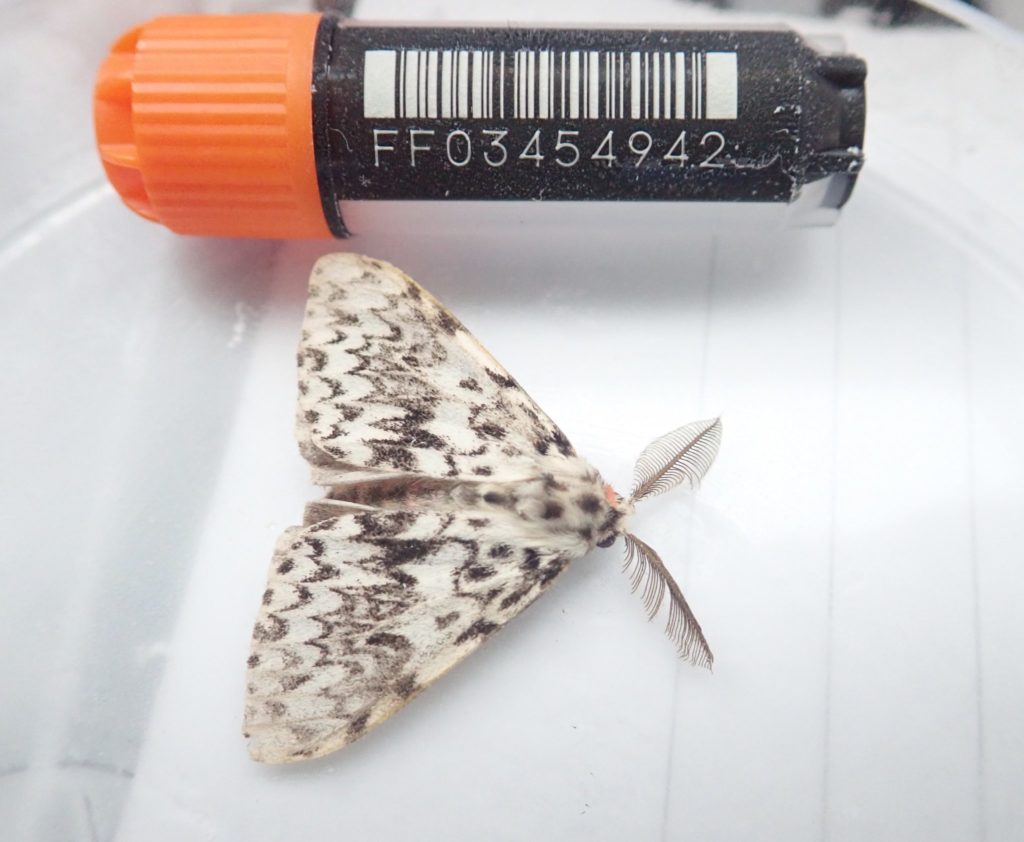
By January 2020, just a few months into the Darwin Tree of Life project, we had sent specimens of 221 arthropod species to the Sanger Institute. Not all will be turned into genome sequence, but a close look at the first few genome sequences assembled reveals the data quality to be astonishingly good. So what could we learn from Wytham Woods genome sequence data? And more generally, why focus part of a major sequencing project on ancient woodland? We think there are several reasons. First, it is incredibly efficient to focus sampling at a few sites. Second, the sequences will become key reference genomes for ecological and environmental studies through the 21st century. Our woodland fauna and flora are under threat due to land use change, invasive species, climate change and pathogen outbreaks. Understanding and predicting these changes, and possibly mitigating some of them, will require us to understand how each species responds to challenges at a cellular and molecular level. Such studies, including transcriptomic and proteomic analyses, will be greatly aided by reference genomes. Populations could also become fragmented or merged, and to detect this comparisons need to be made between individuals, something that will be facilitated by reference genomes. The third reason centres on evolution. Natural selection has adapted organisms to their environment through fixation of genetic change, and so hidden in the genome sequences will be clues to how evolution has shaped physiology, anatomy, life history, behaviour and other traits. There will surely be new genes, divergent sequences, genome duplications, horizontal gene transfers and much more: a deeper understanding of biodiversity is waiting to be discovered in Wytham Woods.
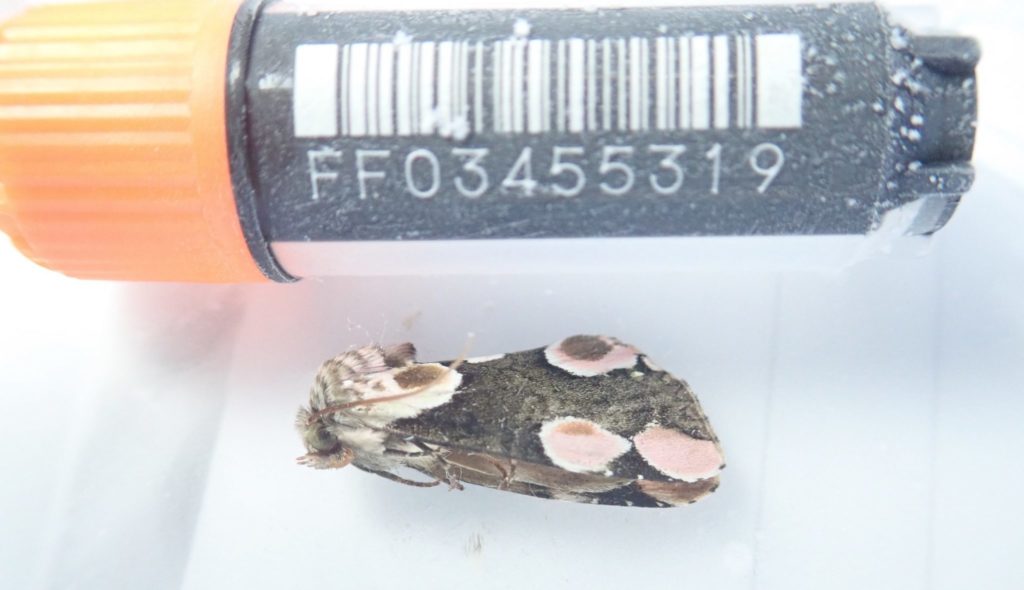
Peter Holland, Owen Lewis, Liam Crowley
